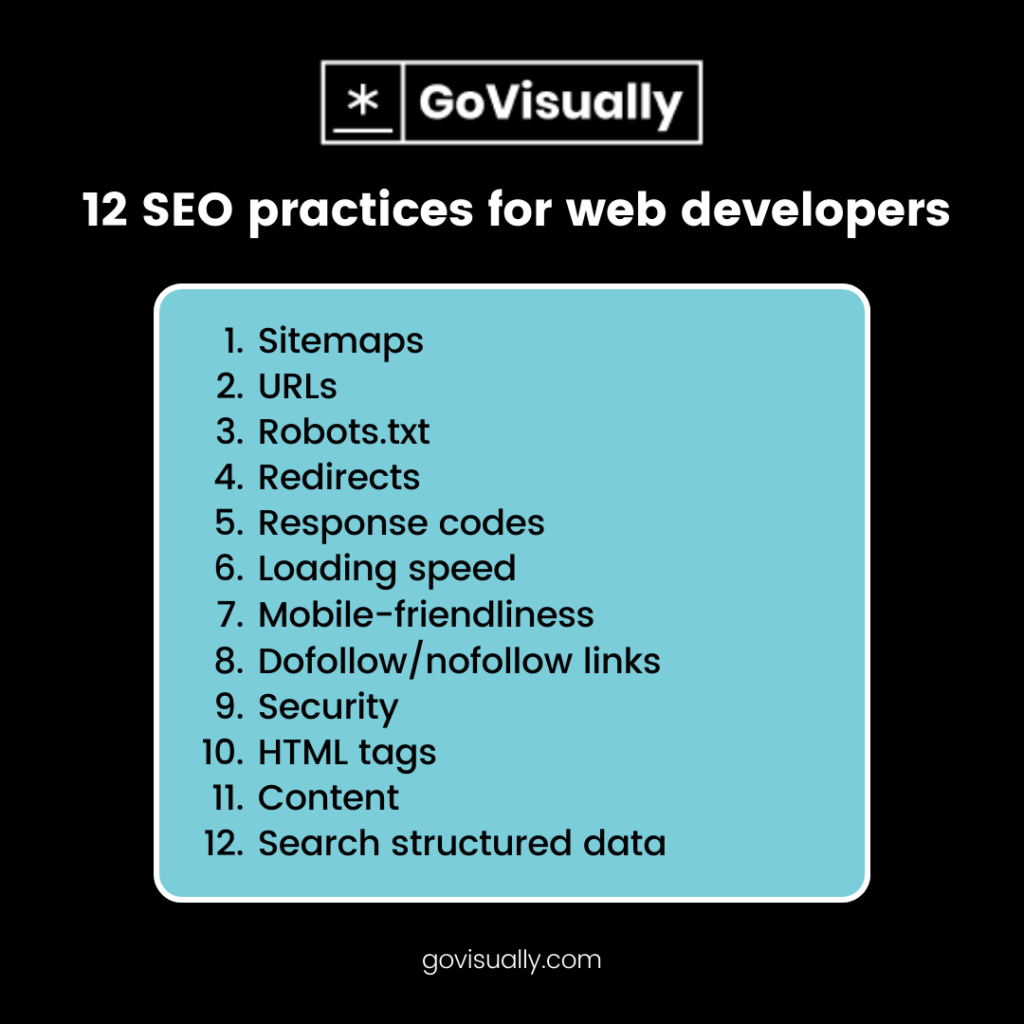In today’s digital landscape, creating an SEO-friendly website is essential for attracting organic traffic and enhancing user experience. As a web developer, incorporating SEO best practices into your design can significantly impact your site’s visibility in search engine results. Here are some top SEO-friendly website design practices to consider:
1. Responsive Design
A responsive website adapts seamlessly to various screen sizes, providing an optimal user experience across devices. Search engines prioritize mobile-friendly sites, so using a responsive design ensures that your website is accessible to all users, regardless of the device they use.
Learn more about the importance of responsive design in our Web Development services.
2. Fast Loading Times
Page speed is critical for both user experience and SEO rankings. To enhance loading times:
- Optimize images by compressing them and using appropriate file formats (e.g., JPEG for photos, PNG for graphics).
- Minimize HTTP requests by reducing the number of elements on each page.
- Utilize browser caching and Content Delivery Networks (CDNs) to deliver content quickly.
A fast-loading site is not just a preference; it’s a necessity for good SEO. Explore more tips on improving your site’s speed with our SEO resources.

3. Clean and Simple URL Structures
URLs should be clear, descriptive, and easy to read. Use hyphens to separate words, and avoid long, complicated strings of numbers or letters. For example, instead of using www.example.com/12345, use www.example.com/seo-friendly-design. This helps both users and search engines understand your content better.
4. Effective Use of Heading Tags
Heading tags (H1, H2, H3, etc.) help structure your content and improve readability.
- Use a single H1 tag for the main title of the page, incorporating relevant keywords.
- Use H2 and H3 tags for subheadings to create a logical hierarchy that guides users and search engines through your content.
Implementing a proper heading structure can greatly enhance your site’s SEO. Learn more about on-page optimization in our Pay-Per-Click strategies.
5. Optimized Images and Alt Text
Images enhance user engagement but should be optimized for SEO.
- Use descriptive filenames for images that reflect their content.
- Implement alt text for each image, providing a textual description that helps search engines understand the image context while improving accessibility.
Properly optimizing images can help improve your website’s ranking in image search results. Check out our Content Writing services for tips on crafting engaging text.
6. Internal Linking Strategy
Internal links connect different pages within your website, helping to distribute page authority and improve navigation.
- Use descriptive anchor text for internal links to guide users and search engines to relevant content.
- Ensure that important pages are easily accessible through your internal linking strategy.
Effective internal linking can boost your site’s SEO significantly. Discover more about how we can help with your Google My Business optimization.
7. Quality Content with Relevant Keywords
High-quality, informative content is crucial for SEO.
- Incorporate relevant keywords naturally throughout your content, aiming for a keyword density of 2-5%.
- Create engaging, original content that addresses your audience’s needs, keeping them on your site longer and reducing bounce rates.
For tips on crafting the right content for your audience, explore our SEO resources.
8. Implement Structured Data Markup
Structured data helps search engines understand the content of your site better, potentially resulting in rich snippets in search results.
- Use Schema markup to provide context about your content, such as articles, products, or local business information. This can enhance visibility in search results and improve click-through rates.
9. Social Media Integration
Integrating social media sharing buttons can encourage users to share your content, increasing visibility and potentially driving more traffic to your site. Ensure that social sharing buttons are easily accessible without overwhelming the user experience.

10. Regular Updates and Maintenance
Keeping your website updated is essential for SEO. Regularly audit your site for broken links, outdated content, and technical issues. Fresh content signals to search engines that your website is active and relevant.
Conclusion
By implementing these SEO-friendly website design practices, you can create a site that not only ranks well in search engines but also provides an excellent user experience. An SEO-focused design will help you attract more visitors and ultimately achieve your online goals.
Call to Action
Ready to elevate your web development projects? Social Media Max is here to help! Our expert team specializes in SEO optimization to ensure your website stands out. Contact us today at 0161 399 3517 or email Syed_66@hotmail.com for a consultation!
